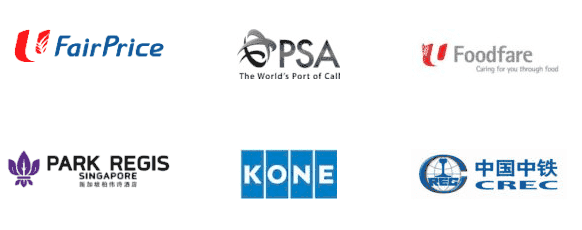There are many essential business questions that any ambitious entrepreneur should ask themselves. For example, do you know the health status of your business? Is your revenue growing? Have you diversified your income sources? You should also know whether your business strategy is working as intended and effectively, and if customer satisfaction levels are high. Not only are these essential business questions, but they provide Key Performance Indicators (KPI) for your business.
Sometimes, you might need help in addressing these concerns as the answers lie in your accounts. Getting professional account services can help you figure out more about the numbers in your business and how you can utilize this data.
Here’s a glimpse of the top 4 KPIs you should be tracking.
1. Revenue Growth
Revenue growth is one of the most basic indicators of a growing business. Without tracking it, your business could be stunted or even regress. And worse, it can impact business decisions and steer you further from your goals.
You can track your business’s revenue growth in three simple steps:
- Compiling all your sales figures from the previous month.
- Subtract the previous month’s figure from the current month’s figure.
- Divide this figure with the previous month’s sales figure and multiply it by 100 to make a percentage.
However, it is good to keep in mind that a negative revenue growth might not necessarily mean negative profits – it is still possible to see a positive net profit margin. Work with an accounting firm in Singapore to gain better understanding into your figures and what they mean for your business.
2. Revenue Concentration and Income Sources
These are two KPIs, but we’ve put them together since they are so closely linked. Your income sources reflect your revenue streams. Analyze how much revenue you generate each month from a single client or product. This will help you to know the profitable clients and products as well as make informed management decisions.
On the other hand, revenue concentration refers to how your revenue is concentrated amongst your customers. You can get the figure by merely dividing the amount of revenue generated per customer with the total revenue. Then, multiply it by 100. Your aim should be to spread your revenue sources among different customers instead of relying on just one.
3. Customer Satisfaction Rate
Customer satisfaction rate or the churn rate is one instance that will not reflect directly and immediately on your books of accounts. But it is a vital KPI since it keeps you in touch with your service delivery efforts.
Check with your customer service teams on the customer intake rate, and how many are leaving each month. Like revenue growth, you should always seek to retain more customers and avoid negative growth.
4. Customer Engagement Levels
This KPI has a significant impact on your financials. When you have the right strategy, you will experience higher retention, improved revenue concentration and steady growth.
You can measure customer engagement through metrics such as website traffic and social media engagement. Check the number of visitors to your website and look into social media conversations. This will paint a clearer picture of how often and how many customers are engaging with your brand.
These metrics will help you keep tabs with how your business is fairing and allow you to make excellent strategic decisions.
Should you require any assistance on accounting services, feel free to drop us an email at johnwoo@ag-singapore.com or contact us at +65-66358767. At Ackenting Group, we offer a complimentary 30 minutes online consultation for us to better understand your business requirements.











